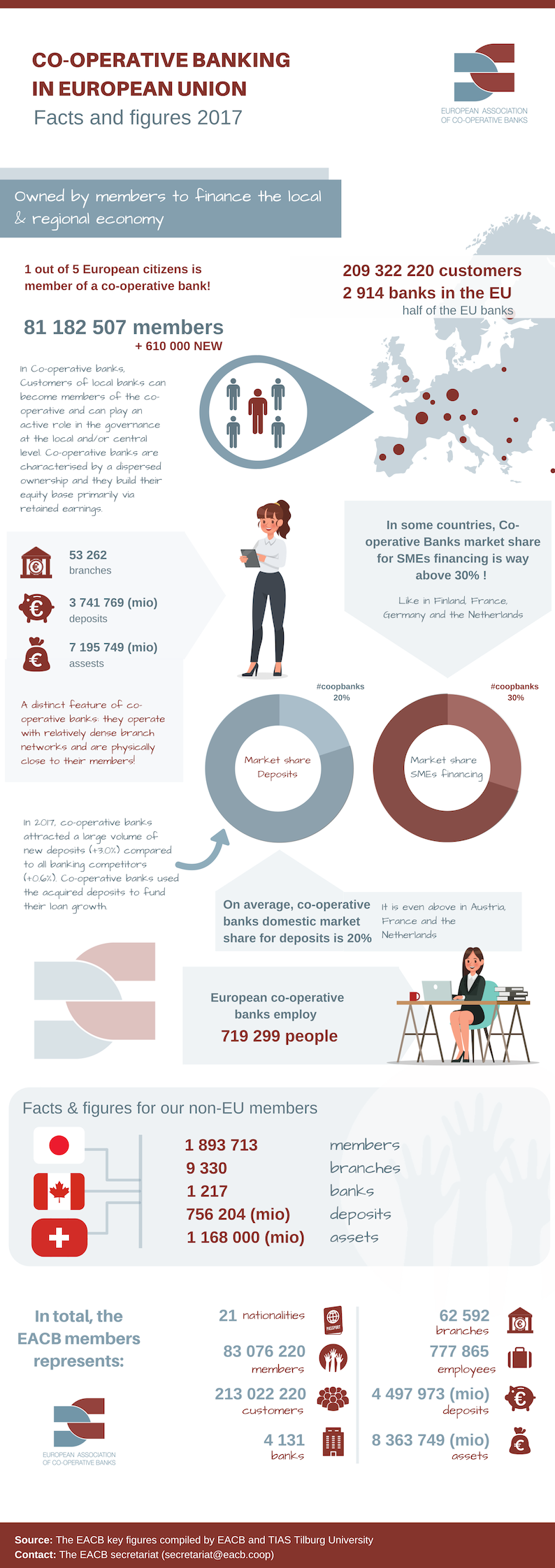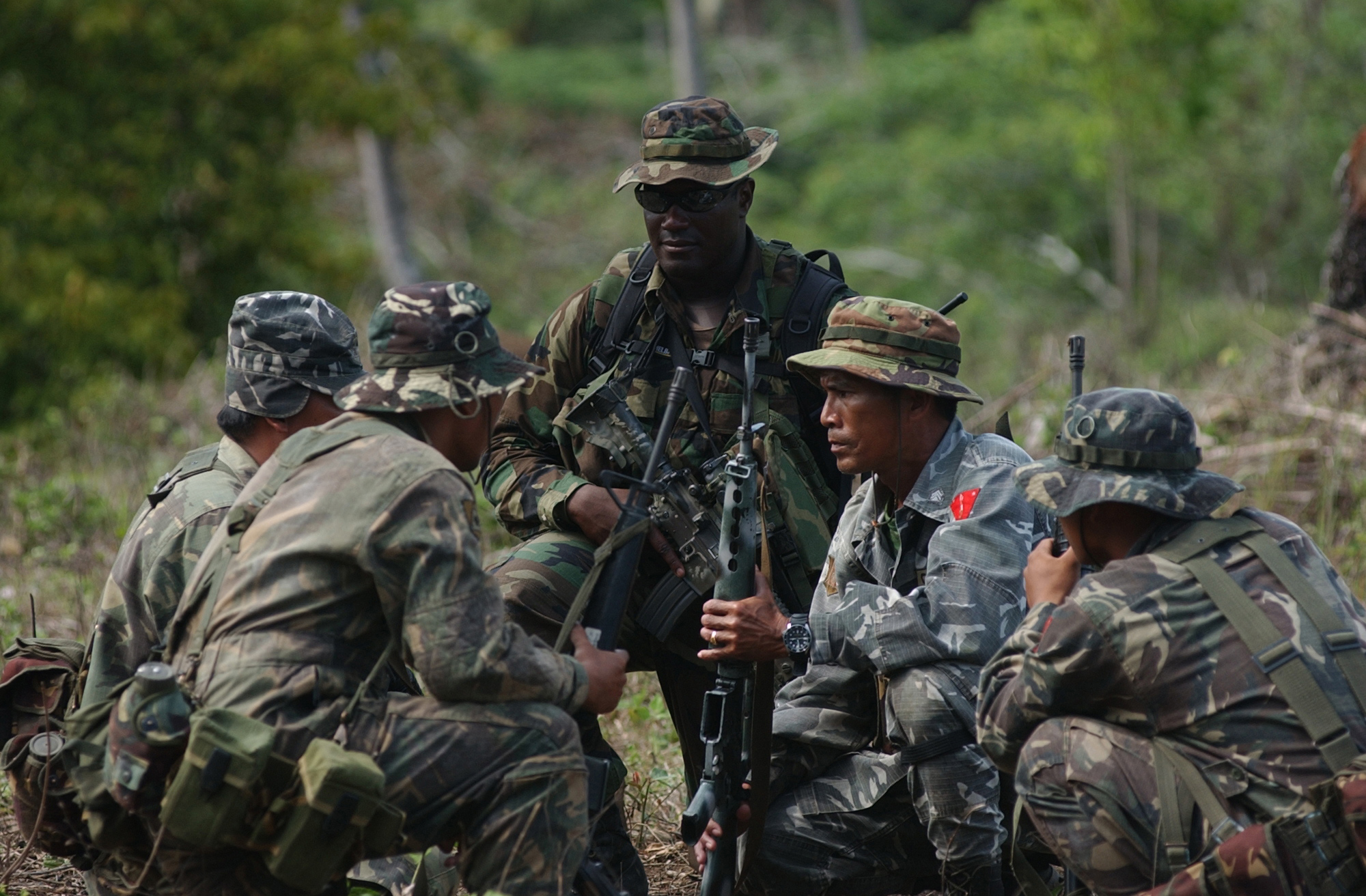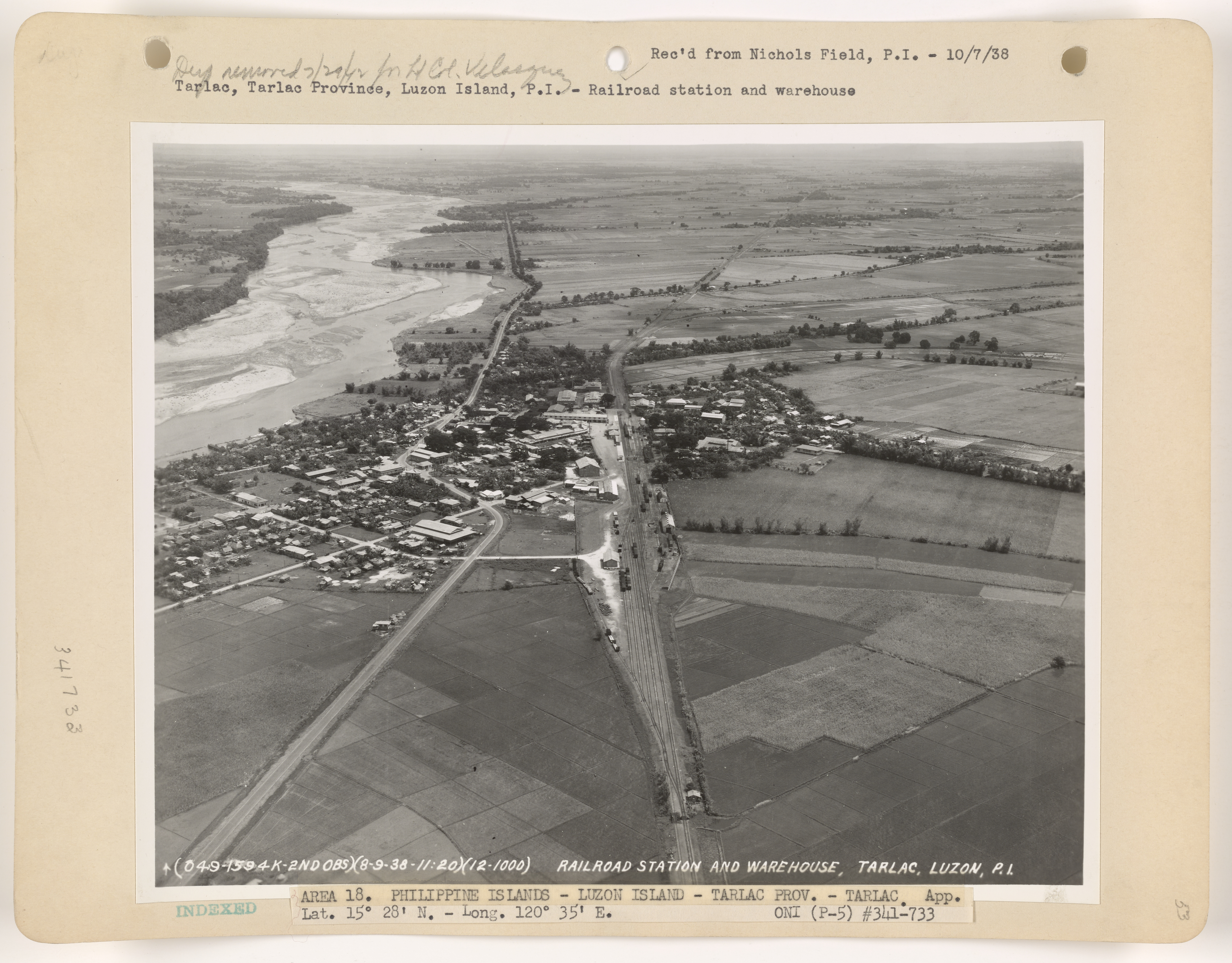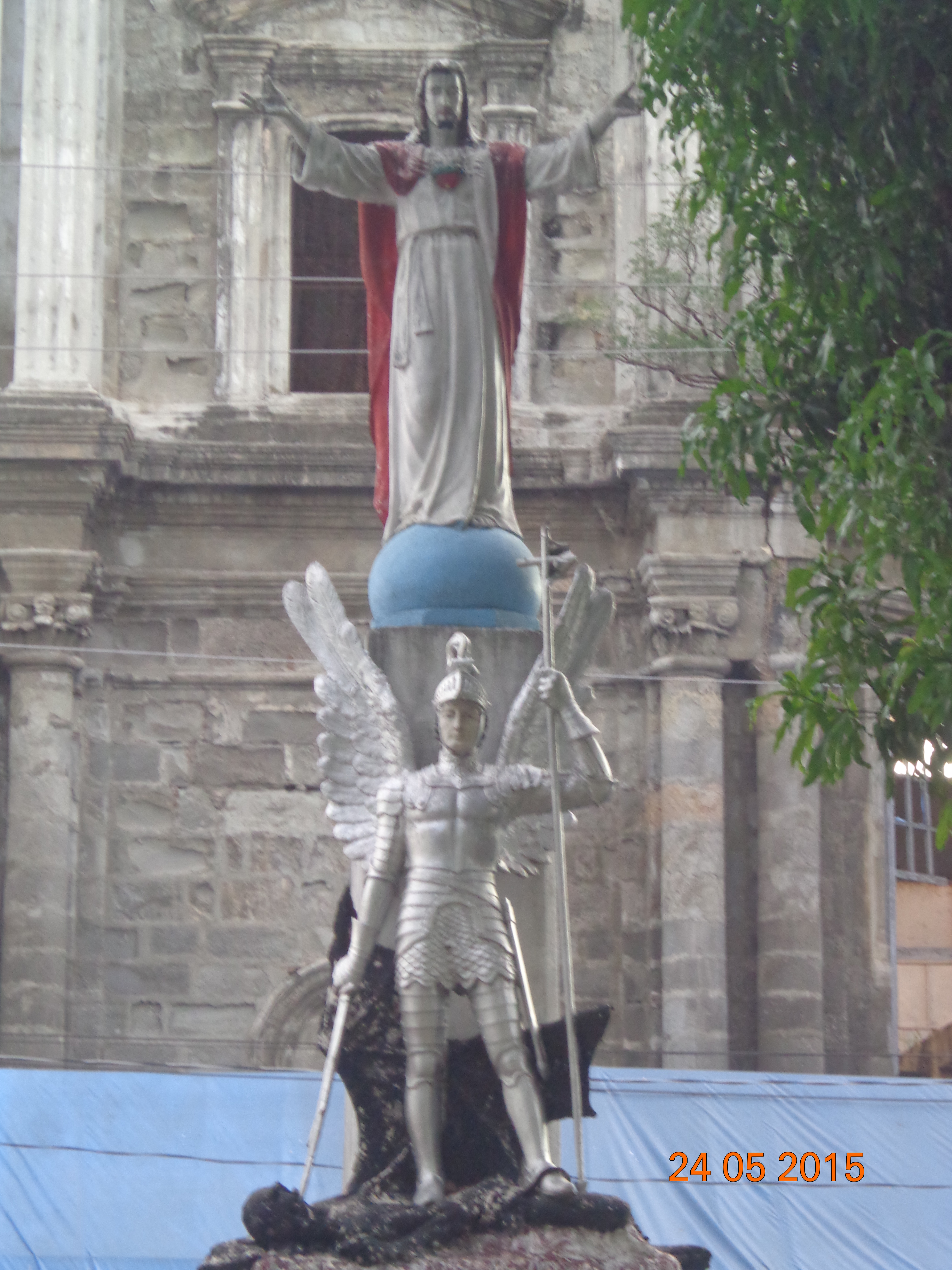|
Cooperative Bank Of Tarlac
The Cooperative Bank of Tarlac (CBT) is a cooperative bank Cooperative banking is retail and commercial banking organized on a cooperative basis. Cooperative banking institutions take deposits and lend money in most parts of the world. Cooperative banking, as discussed here, includes retail banking carr ... in the Philippines, operating out of the province of Tarlac. Its main base is Tarlac City, with branches in Paniqui, Concepcion, Capas and Camiling. The bank, formerly the Cooperative Rural Bank of Tarlac, was established in 1977 following the merger of 108 cooperatives and ''samahang nayons'' in the province into one financial institution. It provides banking services not only to the residents of Tarlac and its farmers in particular, but also to cooperatives that likewise operate in the province. In 2009, the provincial government of Tarlac was commended by President Gloria Macapagal Arroyo for providing the level of assistance that it did to the bank, which was un ... [...More Info...] [...Related Items...] OR: [Wikipedia] [Google] [Baidu] |
Cooperative Banking
Cooperative banking is retail and commercial banking organized on a cooperative basis. Cooperative banking institutions take deposits and lend money in most parts of the world. Cooperative banking, as discussed here, includes retail banking carried out by credit unions, mutual savings banks, building societies and cooperatives, as well as commercial banking services provided by mutual organizations (such as cooperative federations) to cooperative businesses. A 2013 report by ILO concluded that cooperative banks outperformed their competitors during the financial crisis of 2007–2008. The cooperative banking sector had 20% market share of the European banking sector, but accounted for only 7% of all the write-downs and losses between the third quarter of 2007 and first quarter of 2011. Cooperative banks were also over-represented in lending to small and medium-sized businesses in all of the 10 countries included in the report. Credit unions in the US had five times lower failure ... [...More Info...] [...Related Items...] OR: [Wikipedia] [Google] [Baidu] |
Philippines
The Philippines (; fil, Pilipinas, links=no), officially the Republic of the Philippines ( fil, Republika ng Pilipinas, links=no), * bik, Republika kan Filipinas * ceb, Republika sa Pilipinas * cbk, República de Filipinas * hil, Republika sang Filipinas * ibg, Republika nat Filipinas * ilo, Republika ti Filipinas * ivv, Republika nu Filipinas * pam, Republika ning Filipinas * krj, Republika kang Pilipinas * mdh, Republika nu Pilipinas * mrw, Republika a Pilipinas * pag, Republika na Filipinas * xsb, Republika nin Pilipinas * sgd, Republika nan Pilipinas * tgl, Republika ng Pilipinas * tsg, Republika sin Pilipinas * war, Republika han Pilipinas * yka, Republika si Pilipinas In the recognized optional languages of the Philippines: * es, República de las Filipinas * ar, جمهورية الفلبين, Jumhūriyyat al-Filibbīn is an archipelagic country in Southeast Asia. It is situated in the western Pacific Ocean and consists of around 7,641 islands t ... [...More Info...] [...Related Items...] OR: [Wikipedia] [Google] [Baidu] |
Tarlac
Tarlac, officially the Province of Tarlac ( pam, Lalawigan ning Tarlac; pag, Luyag/Probinsia na Tarlac; ilo, Probinsia ti Tarlac; tgl, Lalawigan ng Tarlac; ), is a landlocked province in the Philippines located in the Central Luzon region. Its capital is the city of Tarlac. It is bounded on the north by the province of Pangasinan, Nueva Ecija on the east, Zambales on the west and Pampanga in the south. The province comprises three congressional districts and is subdivided into 17 municipalities and one city, Tarlac City, which is the provincial capital. The province is situated in the heartland of Luzon, in what is known as the Central Plain also spanning the neighbouring provinces of Pampanga, Pangasinan, Nueva Ecija and Bulacan. Tarlac covers a total land area of . Early in history, what came to be known as Valenzuela Ranch today was once a thickly-forested area, peopled by roving tribes of nomadic Aetas who are said to be the aboriginal settlers of the Philippines, and ... [...More Info...] [...Related Items...] OR: [Wikipedia] [Google] [Baidu] |
Tarlac City
Tarlac City, officially the City of Tarlac ( pam, Lakanbalen ning Tarlac; pag, Siyudad na Tarlac; ilo, Siudad ti Tarlac; fil, Lungsod ng Tarlac ), is a 1st class component city and capital of the province of Tarlac, Philippines. According to the 2020 census, it has a population of 385,398 people. The city was proclaimed as a highly urbanized city by the former President Gloria Macapagal Arroyo, but the decision was opposed by the provincial government. History Tarlac's first settlers came from Bacolor, Pampanga. They cleared the area, fertilised the soil, and then established their settlement here in 1788. This small community of settlers experienced rapid population growth, as settlers from Bataan, Pampanga and Zambales moved into the area. The Kapampangan language, which is the dialect of Pampanga, became the native language of this town. Roads and barrios were built over the following decades through hard work of its residents. Following the foundation of the provinc ... [...More Info...] [...Related Items...] OR: [Wikipedia] [Google] [Baidu] |
Paniqui, Tarlac
Paniqui, officially the Municipality of Paniqui ( ilo, Ili ti Paniqui; pag, Baley na Paniqui; tgl, Bayan ng Paniqui), is a 1st class municipality in the province of Tarlac, Philippines. According to the 2020 census, it has a population of 103,003 people. It is the birthplace of the 11th President of the Philippines, Corazon Aquino. Etymology Paniqui is a Hispanized term derived from the Ilocano word "''pampaniki''" which means " bat", since the town has caves that house bats. History The birth of Paniqui could be traced way back in 1712 when the provincial government of Pangasinan sent a group of men south of Bayambang, Pangasinan for the expansion of the Christian faith. The pioneering group was led by two brothers, Raymundo and Manuel Paragas of Dagupan and established the Local Government in a Sitio called "manggang marikit" (mango of an unmarried woman). Surprisingly, in this sitio, there is a great number of mammals called by Ilocanos "pampaniki" and it was from this ter ... [...More Info...] [...Related Items...] OR: [Wikipedia] [Google] [Baidu] |
Concepcion, Tarlac
Concepcion, officially the Municipality of Concepcion ( pam, Balen ning Concepcion; fil, Bayan ng Concepcion), is a 1st class municipality in the province of Tarlac, Philippines. According to the 2020 census, it has a population of 169,953 people. History In 1860, the towns of Concepcion and Magalang comprised a single town named San Bartolome (presently an abandoned town and a barangay of Concepcion), which was a military ''Commandancia'' of Pampanga under the Spanish regime. A catastrophic flood devastated the whole settlement of San Bartolome in 1863 and its residents were left with no other choice but to abandon the place. Divided as to where they were to resettle, some went north and others went south. The first group, headed by Don Pablo Luciano, the Governadorcillo, organized a new settlement on the slopes of Mt. Arayat further south and named the settlement after him. Eventually, the place was renamed Magalang. The second group who took refuge in the north comprised t ... [...More Info...] [...Related Items...] OR: [Wikipedia] [Google] [Baidu] |
Capas, Tarlac
Capas, officially the Municipality of Capas ( pam, Balen ning Capas; tgl, Bayan ng Capas), is a 1st class municipality in the province of Tarlac, Philippines, and one of the richest towns in the province. The town also consists of numerous subdivisions and exclusive villages. Capas is being dubbed as the “Tourism Capital of Tarlac." Apart from being known as the final site of the infamous Bataan Death March, it is also known for Mount Pinatubo treks, where thousands of mountaineers and visitors go. The town has some industrial factories like the PilMiCo. History Originally a part of Zambales and Pampanga, its first settlers were the Kapampangan and the Aeta. It was founded in the year 1710 by the Augustinian Friars. During the American Colonial period, the Americans built the Camp O'Donell for military installation until when the Japanese used it as a concentration camp during the Bataan Death March as the last stop of the march. Capas as all other towns in Tarlac provi ... [...More Info...] [...Related Items...] OR: [Wikipedia] [Google] [Baidu] |
Camiling, Tarlac
Camiling, officially the Municipality of Camiling, ( pag, Baley na Camiling; ilo, Ili ti Camiling; tl, Bayan ng Camiling) is a 1st class municipality in the province of Tarlac in the Philippines. According to the 2020 census, it has a population of 87,319 people. Camiling is one of the fastest-growing towns of Tarlac when it comes to income and economy. It is also considered one of the richest when it comes to cultural heritage in the entire province. The town is also dubbed to be the ''"Old Lady in the Northwestern province of Tarlac"'' because it is one of the oldest municipality created by the Spanish government under the province of Pangasinan where it previously included the former barrio of Mayantoc, San Clemente, and Santa Ignacia. The municipality also features cultural antiquity such as its churches, ancestral houses, and ruins. However, the baroque church of Camiling has yet to be restored after 20 years since a fire burned its interior. The inside of the church, one ... [...More Info...] [...Related Items...] OR: [Wikipedia] [Google] [Baidu] |
Cooperative
A cooperative (also known as co-operative, co-op, or coop) is "an autonomous association of persons united voluntarily to meet their common economic, social and cultural needs and aspirations through a jointly owned and democratically-controlled enterprise".Statement on the Cooperative Identity. ''.'' Cooperatives are democratically controlled by their members, with each member having one vote in electing the board of directors. Cooperatives may include: * businesses owned and managed by the people who consume th ... [...More Info...] [...Related Items...] OR: [Wikipedia] [Google] [Baidu] |
Gloria Macapagal Arroyo
Maria Gloria Macaraeg Macapagal Arroyo (, born April 5, 1947), often referred to by her initials GMA, is a Filipino academic and politician serving as one of the Deputy Speaker of the House of Representatives of the Philippines, House Deputy Speakers since 2022, and previously from 2016 to 2017. She previously served as the List of presidents of the Philippines, 14th president of the Philippines from 2001 until 2010. She is the longest serving president of the Philippines since Ferdinand Marcos. Before her accession to the presidency, she served as the List of vice presidents of the Philippines, 10th vice president of the Philippines from 1998 to 2001 under President Joseph Estrada, making her the country's first female vice president, despite having run on an opposing ticket. She was also a Senate of the Philippines, senator from 1992 to 1998. After her presidency, she was elected as the House of Representatives of the Philippines, representative of Pampanga's Pampanga's 2nd cong ... [...More Info...] [...Related Items...] OR: [Wikipedia] [Google] [Baidu] |
Cooperative Banking In Asia
A cooperative (also known as co-operative, co-op, or coop) is "an autonomous In developmental psychology and moral, political, and bioethical philosophy, autonomy, from , ''autonomos'', from αὐτο- ''auto-'' "self" and νόμος ''nomos'', "law", hence when combined understood to mean "one who gives oneself one's ow ... association of persons united voluntarily to meet their common economic, social and cultural needs and aspirations through a jointly owned and democratically-controlled wiktionary:Enterprise, enterprise".Statement on the Cooperative Identity. ''International Cooperative Alliance.'' Cooperatives are democratically controlled by their members, with each member having one vote in electing the board of directors. Cooperatives may include: * businesses owned and mana ... [...More Info...] [...Related Items...] OR: [Wikipedia] [Google] [Baidu] |
Banks Of The Philippines
A bank is a financial institution that accepts deposits from the public and creates a demand deposit while simultaneously making loans. Lending activities can be directly performed by the bank or indirectly through capital markets. Because banks play an important role in financial stability and the economy of a country, most jurisdictions exercise a high degree of regulation over banks. Most countries have institutionalized a system known as fractional reserve banking, under which banks hold liquid assets equal to only a portion of their current liabilities. In addition to other regulations intended to ensure liquidity, banks are generally subject to minimum capital requirements based on an international set of capital standards, the Basel Accords. Banking in its modern sense evolved in the fourteenth century in the prosperous cities of Renaissance Italy but in many ways functioned as a continuation of ideas and concepts of credit and lending that had their roots in the anc ... [...More Info...] [...Related Items...] OR: [Wikipedia] [Google] [Baidu] |







_by_John_Cranch%2C_1845.jpg)
